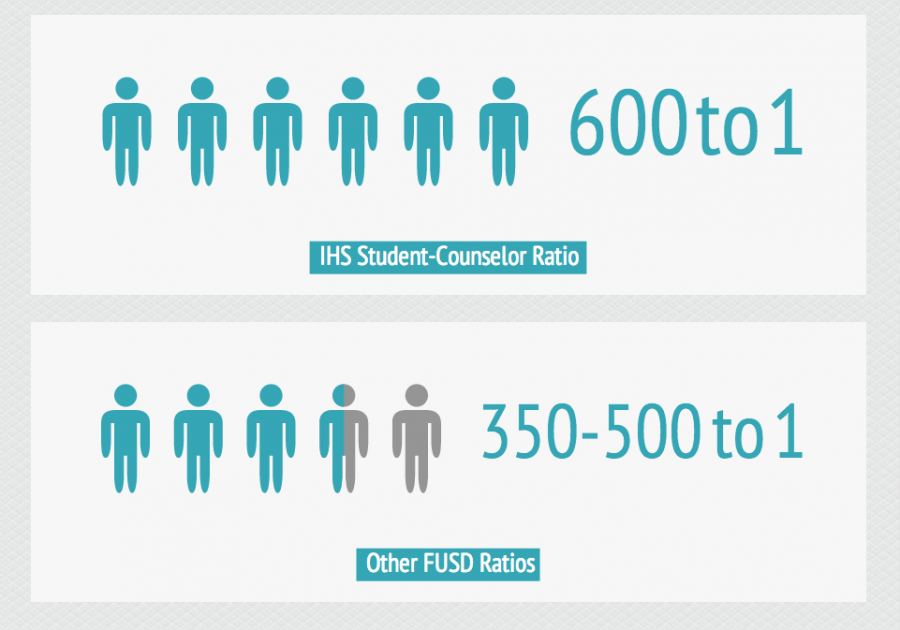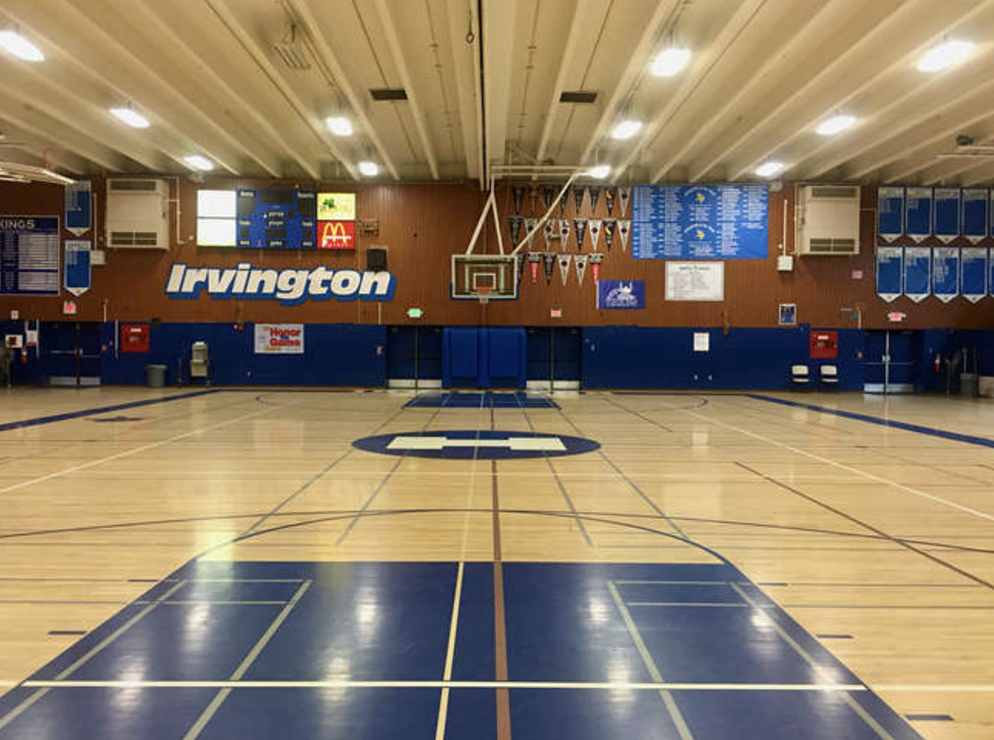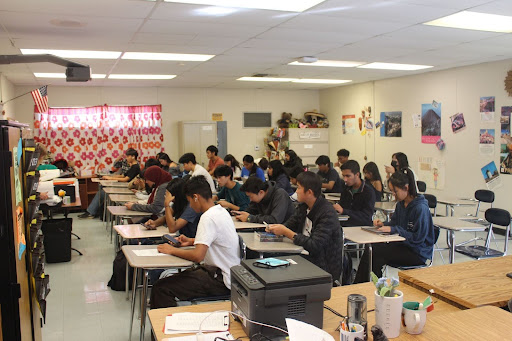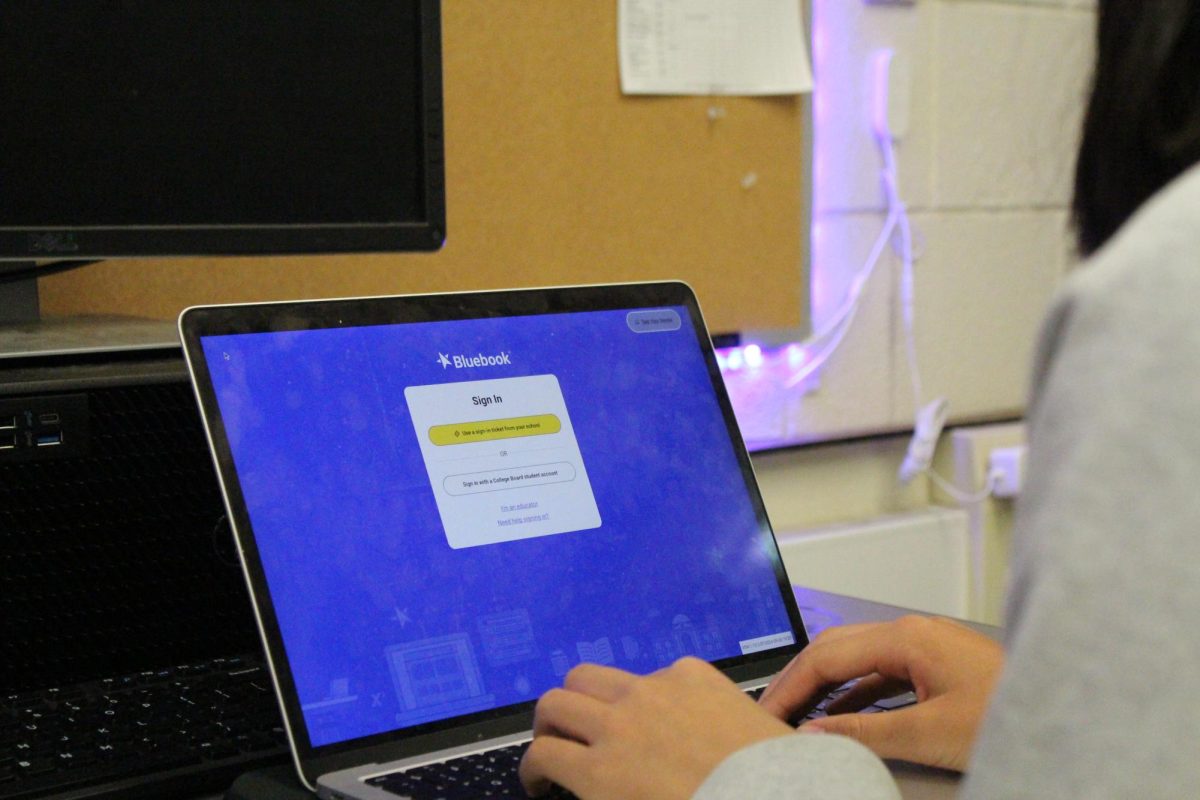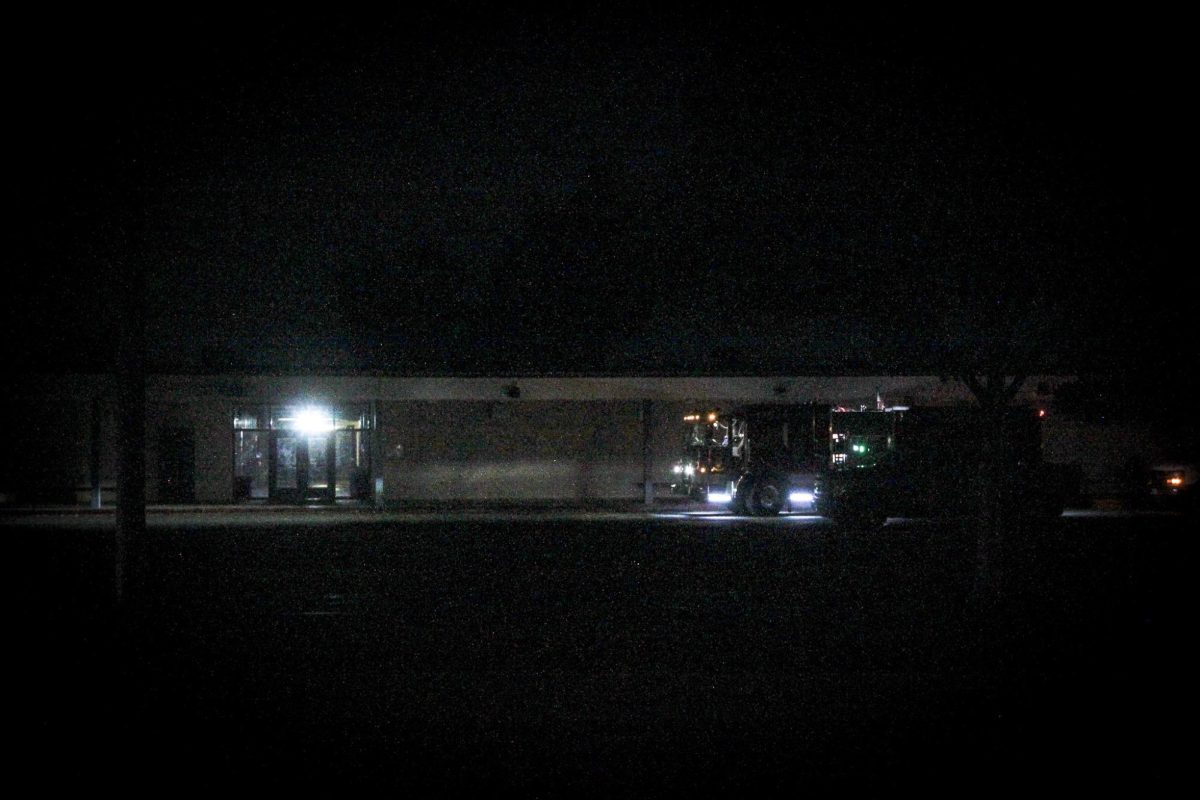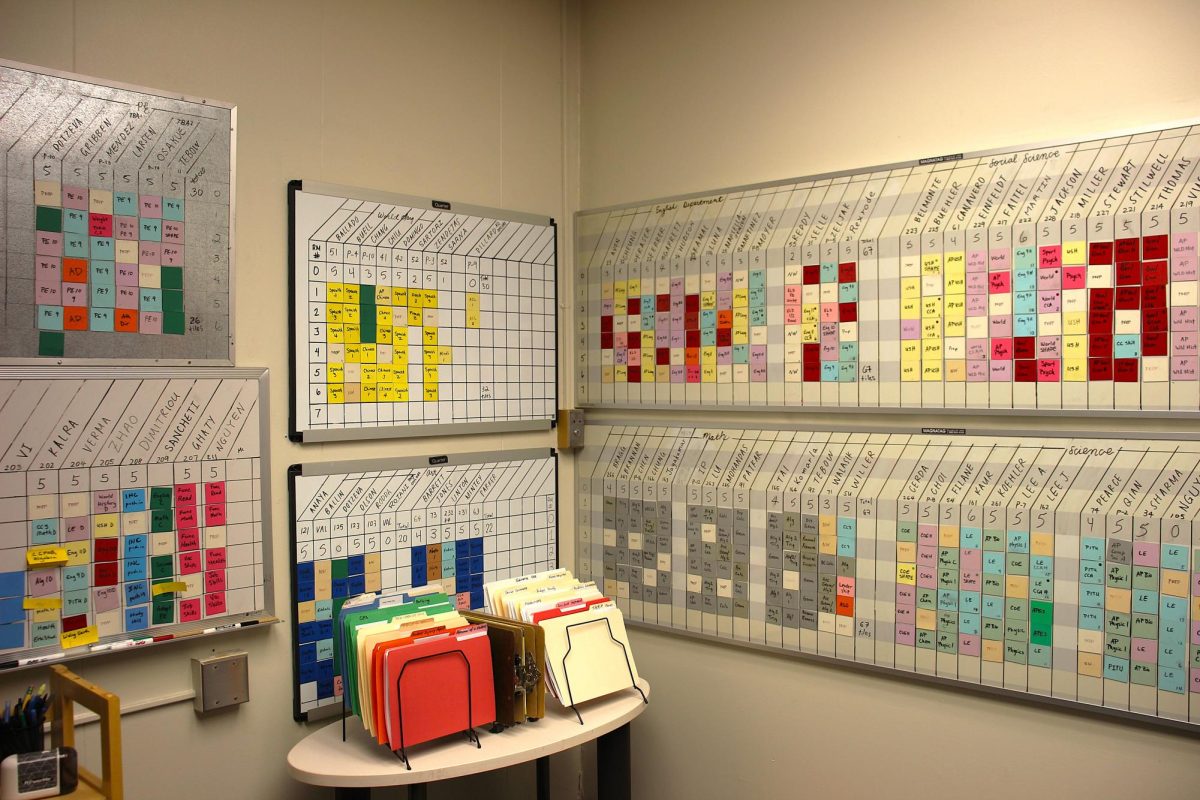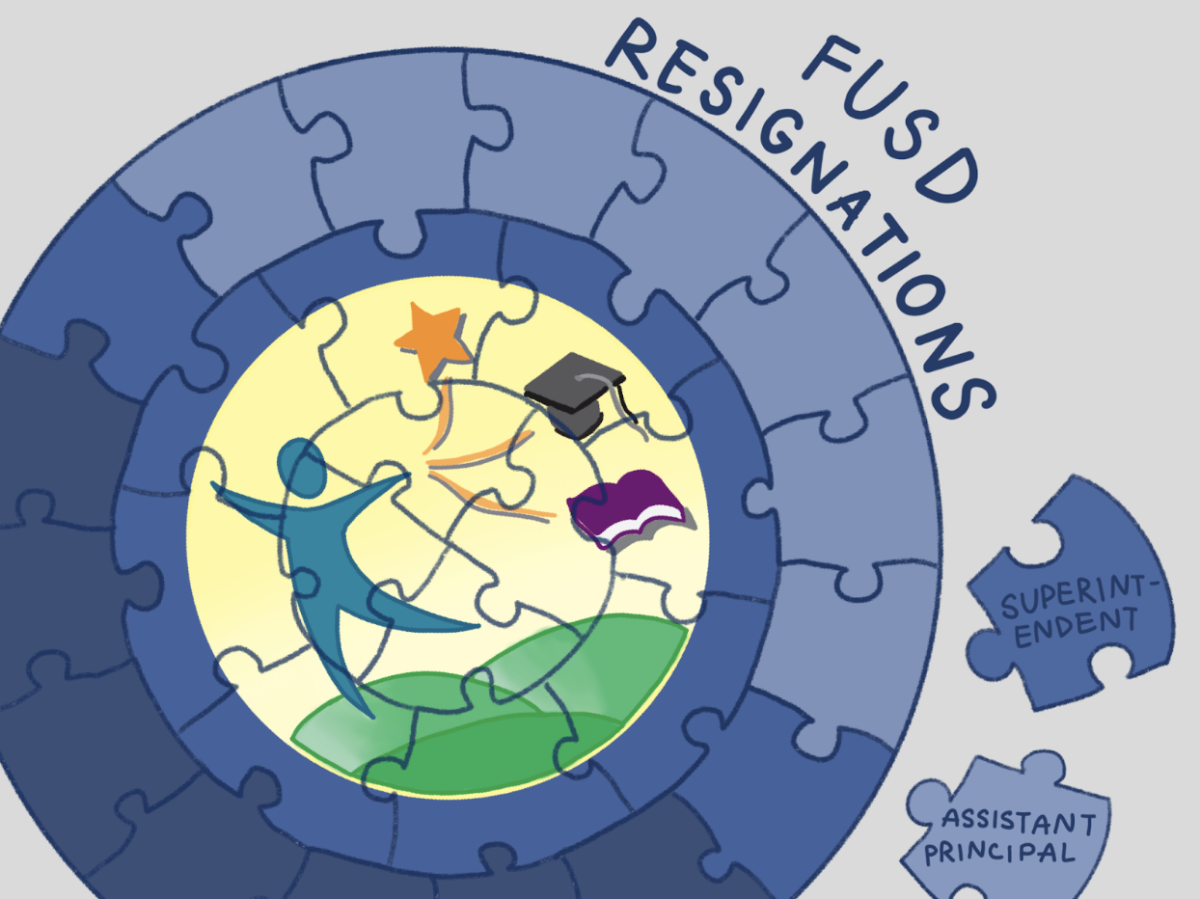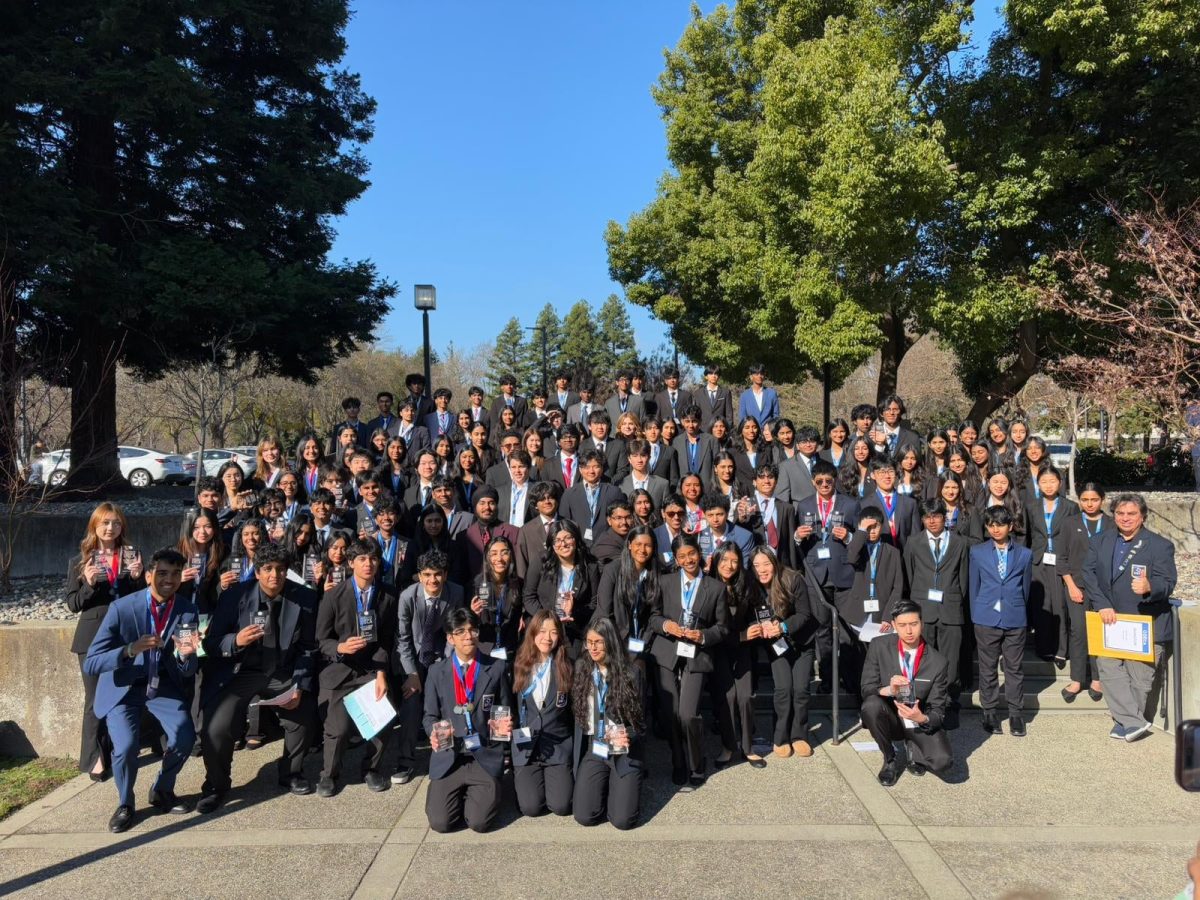Increasing class sizes creates concerns over availability of space, staff, resources
By Kevin Hsu | Copy Editor
Graphics By Enya Kuo | News Editor
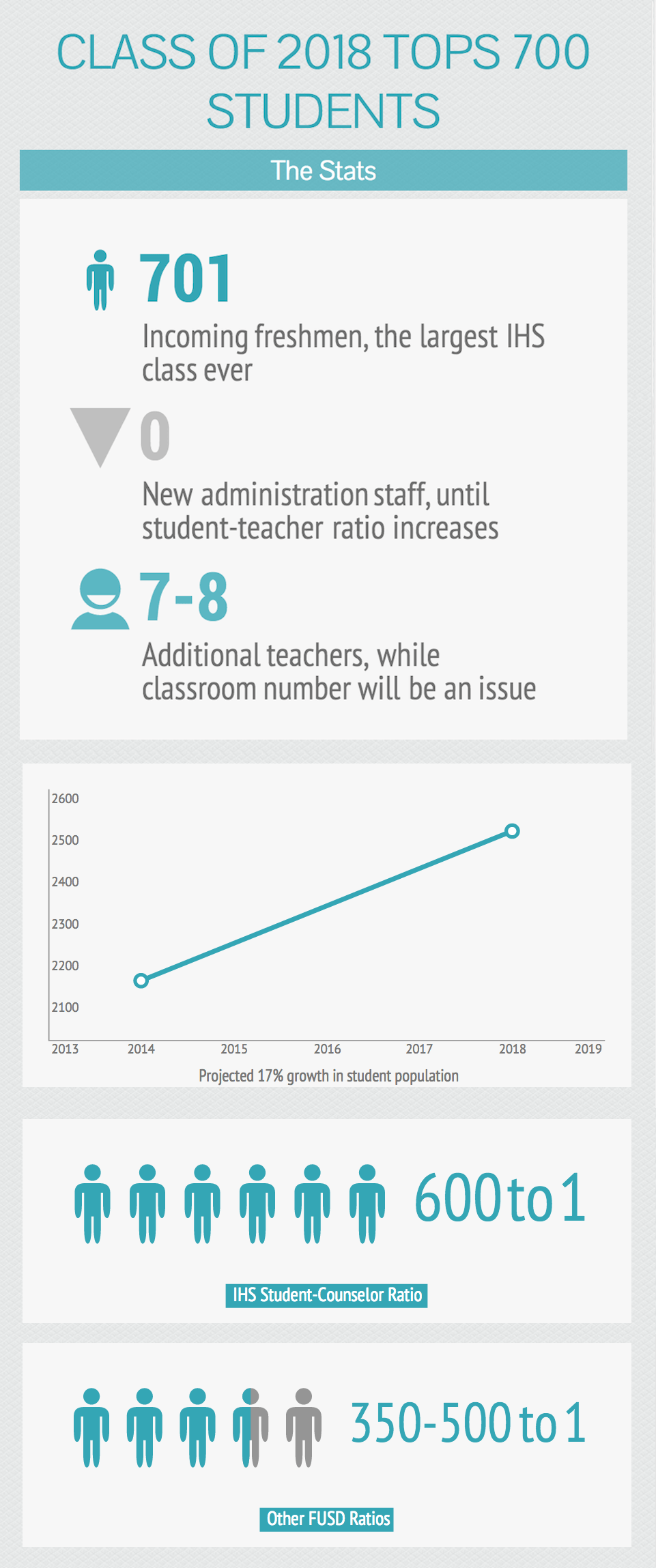
With its 2,142 students, Irvington is the most heavily populated and fastest growing school in the district, and according to principal Ms. Smoot, next year’s incoming freshman class size is expected to be 701—adding an additional 105 students to Irvington’s total population. Staff members and administrators are concerned about the school’s ability to handle its largest class size in history. The influx of new students, they fear, will exacerbate the overcrowding issues that Irvington has persistently been fighting against over the last few years. Ms. Smoot is already anticipating changes for Irvington for the 2014-2015 school year.
“We’re looking at probably adding seven to eight new teachers at Irvington next year, so facilities—including classrooms—are going to be a huge issue,” said Ms. Smoot. “Because we had an increase in enrollment this year that we didn’t anticipate, some teachers took on one additional period and have no prep period at all.”
Assistant principal Mr. Jackson has cited similar implications as well, expressing his concerns on how teachers will potentially have to be relocated during their prep periods to increase the number of available classrooms. However, unlike the teaching staff, the office administration itself does not foresee much change for next year, and it will take an addition of even more students to warrant increasing the number of office staff members.
“Until the student ratio is probably a little larger, I’m not going to have a strong argument to add additional staff to support it. However, four years from now, when we are predicted have around 2,500 students, we’re going to need additional counselors and attendance clerks,” explained Ms. Smoot. “I do believe, however, that with more students next year, it’ll be harder to do a quality job—especially when the student-to-counselor ratio is at 600 to one. When you look at us compared to other schools in the district, that ratio is anywhere from 350-500 to one, so having an additional 100 students makes a substantial difference.”
Other expected changes for the new school year include a second leadership class to develop a mentoring program and an expansion of the freshman LINK program.
Teachers instructing freshmen-level classes are also cognizant of the potential problems they will have to tackle.
“I’m only worried about the class sizes because we do hands-on activities, so there may be space problems when students have to move around,” said biology teacher Mrs. Sharma. “With Common Core, we are only going to do more hands-on activities, so that may lead to even more problems.”
Current freshmen, on the other hand, are mostly concerned about the crowded hallways and vexations of class scheduling.
“This year [the school] messed up on a lot of our schedules, and there weren’t enough families, too,” said freshman Justin Pi. “The school is going to need to create more families and prepare itself for more schedule conflicts.”
Meanwhile, freshman Peter Ryu agreed but also pointed out that his class is going to be fine because the incoming freshmen students cannot take sophomore-level classes. He does, however, note that it will definitely be a lot harder to navigate the school during passing periods and that the gym will be much more crowded during rallies.
Another thing to keep in mind, according to Ms. Smoot, is that when the school gets larger, it could lose focus, and thus staff members are really going to have to refine what their goals are, what kind of a student they really want to turn out and what they are going to do to ensure that happens. Ms. Smoot is sanguine about prospects for Irvington’s future growth and emphatically believes the expansion will create a more cohesive aura within the school.
“It’s an opportunity to bring the school together if we all [embrace] it the right way. If we can all get on the same page in regards to where our goals are and how to manage this together, it can be positive,” she said. “We don’t have to make much adjustments structurally, but we do need to have the same vision for what we value in our school. We’re going to have to do that collaboratively.”


